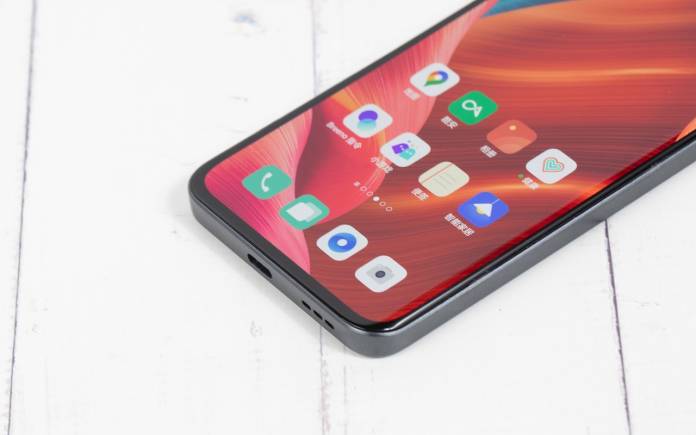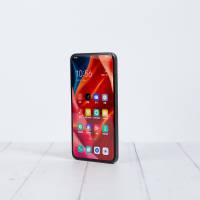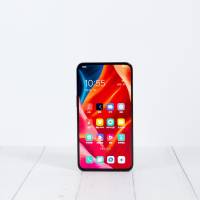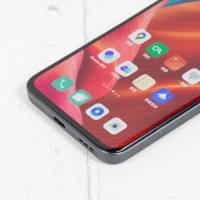
Just like its sister company, OnePlus, OPPO seems to never settle. It is joining the market of under-screen camera phones soon which is relatively young. There are only a few OEMs that have introduced devices with such under-display or under-screen cameras so there is an opportunity to make it big. OPPO has just announced a new-generation of under screen camera technology. It will be ready to offer a more immersive full-screen experience, thanks to efforts of the OPPO team in doing research and development, as well as, combining innovations in algorithms and hardware.
The new under-screen camera technology from OPPO offers a balance between camera and display quality. The selfie camera is discreetly placed under the screen. While it can be done by other brands, OPPO was able to make the photo quality consistent with most selfie shooters.
If you may remember, ZTE went ahead with an under-display camera with the ZTE Axon 20. No notch or cutout has used because the front-facing camera was underneath. Thing is, image quality was not that good. Just recently, ZTE has released the Axon 30 with a new improved under-screen camera solution.
Next-Generation OPPO Under-Screen Camera Technology
As for OPPO, it is determined to offer a better under-screen camera solution. Improvements were done not only on the hardware but also in AI algorithms and structure design. Changes include a transparent wiring and new design and innovative pixel geometry. Expect 400-PPI high-quality display all throughout the screen.
Control of screen accuracy, color, and brightness has been improved as well. OPPO’s U.S. Research Institutes has come up with a new series of imaging AI algorithms. The algorithms include AWB, HDR, and diffraction reduction.
The AI diffraction reduction model by OPPO has been “trained” using tens of thousands of images to control the issues. The results are natural-looking and clearer photos.
At the moment, there is no official phone that uses the next-generation under-screen camera. It’s working on one but at the moment, we only see a prototype device.












